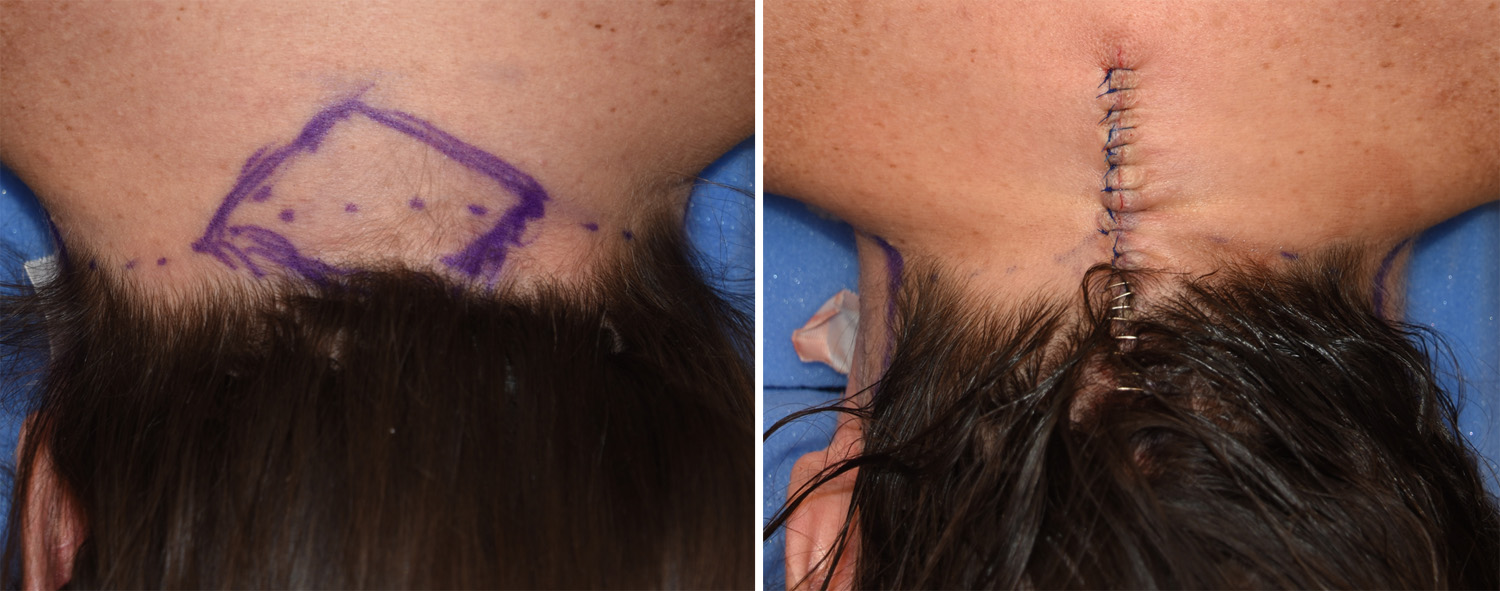


Variants can result from DNA copying mistakes made during cell division or certain environmental exposures. A pathogenic variant may also be called a mutation or a disease-causing variant. A pathogenic variant does cause health problems or disease because the change does affect how the gene works. A benign variant does not cause health problems or disease because the change does not affect how the gene works.
WEBBED NECK CODE
Sources to Learn More: What is a gene? (MedlinePlus) What's a Gene? (NHGRI) What are proteins and what do they do? (MedlinePlus)Ī genetic variant is a change in a gene's code or DNA sequence that causes the gene to be different than found in most people. DNA is found in the nucleus of a cell and, in humans, is packaged into 23 pairs of chromosomes with the help of special proteins. Cells are the building blocks of all living things and specialized cells form our body's organs and tissues. Sources to Learn More: What is a gene? (MedlinePlus) What's a Gene? (NHGRI) What are proteins and what do they do? (MedlinePlus) Genes are part of our DNA, the basic genetic material found in each of our body's cells.

Others make RNA molecules that are involved in chemical reactions in the body. Some genes can turn other genes on or off. Proteins are needed for the structure, function, and regulation of the body's cells, tissues, and organs. Some genes serve as the instructions to make proteins. DNA is found in the nucleus of a cell and, in humans, is packaged into 23 pairs of chromosomes with the help of special proteins.Įach gene performs a different job in our cells. Genes are part of our DNA, the basic genetic material found in each of our body's cells. Other conditions in this group include: neurofibromatosis type 1 LEOPARD syndrome, also called Noonan syndrome with multiple lentigines Costello syndrome cardiofaciocutaneous syndrome Legius syndrome capillary malformation-arteriovenous malformation syndrome Estimated Number of People with this DiseaseĪbnormality of cardiovascular system morphology Aplasia/Hypoplasia of the abdominal wall musculature Cystic hygroma Downslanted palpebral fissures Dysarthria Enlarged thorax High forehead High palate Hypertelorism Hypogonadotropic hypogonadism Joint hyperflexibility Low-set, posteriorly rotated ears Micrognathia Midface retrusion Muscle weakness Neurological speech impairment Pectus carinatum Pectus excavatum Proptosis Ptosis Pulmonary artery stenosis Short stature Thick lower lip vermilion Thickened helices Triangular face Webbed neck Wide intermamillary distance Abnormal bleeding Abnormal dermatoglyphics Abnormal hair quantity Abnormal platelet function Abnormal pulmonary valve morphology Abnormality of coagulation Abnormality of the genital system Abnormality of the lymphatic system Abnormality of the spleen Arrhythmia Coarse hair Cryptorchidism Delayed skeletal maturation Feeding difficulties in infancy Hepatomegaly Hypotonia Low posterior hairline Scoliosis Strabismus Aplasia of the semicircular canal Brachydactyly Clinodactyly of the 5th finger Melanocytic nevus Nystagmus Radioulnar synostosis Sensorineural hearing impairment These conditions have some overlapping features and are all caused by genetic changes that disrupt the body's RAS pathway, affecting growth and development. Noonan syndrome belongs to a group of related conditions called the RASopathies. It is typically inherited in an autosomal dominant manner, but many cases are due to a new genetic change and are not inherited from either parent. Features of Noonan syndrome may include a distinctive facial appearance, short stature, a broad or webbed neck, congenital heart defects, bleeding problems, problems with bone structure (skeletal malformations), and developmental delay. Noonan syndrome is a genetic disorder that causes abnormal development of multiple parts of the body.


 0 kommentar(er)
0 kommentar(er)
